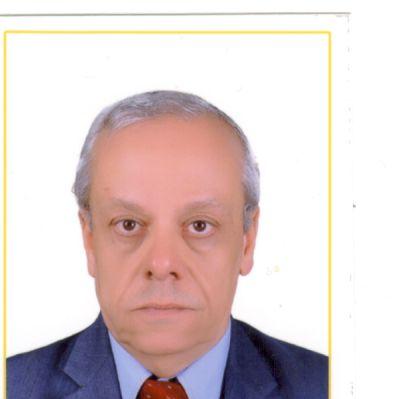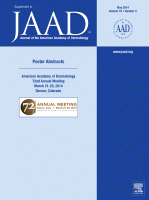Background: Scalp affection is common in children, especially in schoolchildren. The objective of this study was to assess the prevalence and pattern of scalp affection in primary school children in Sohag Province, Upper Egypt during educational year from September 2009 to June 2010.
Methods: This study included pupils of different age groups between 6 to 12 years in 5 primary schools in Sohag Province. Data collected from all subjects included sociodemographic data, environmental, and housing data. Complaint, medical history, family, and past history were obtained from all pupils and examination of the
scalp to detected lesions in school pupils.
Results: Eight hundred twnety-nine of 3,100 pupils (26.7%) had scalp affection: pediculosis capitis 356 (11.5%), cicatricial alopecia 163 (5.3%), dandruff 147 (4.7%), tinea capitis 96 (3.1%), impetigo 41 (1.3%), alopecia areata 13 (0.4%), hair loss 10 (0.3%), and psoriasis 2 (0.1%). 23.1% of pupils were affected by 1 scalp disease, while 3.6% affected by 2 scalp diseases. The highest prevalence rate of scalp affection (4.8%) was observed in age group (11-12) years. The highest prevalence rate of scalp affection was observed in girls (15.3%) compared to boys (11.4%). Scalp affection among urban pupils 23.6% compared to rural pupils 3.1%. The lowest prevalence rate of scalp affection was detected among pupils belonging to high socioeconomic class 2.4%, while the prevalence rate 12.3% was observed in low socioeconomic class and the prevalence rate 12% was observed in middle socioeconomic class. The highest prevalence rate of scalp affection was among pupils belonging to a large sized family (5 persons) 14.8% when compared to 1 belonging to a smaller family (5 persons) 11.9%. The highest prevalence rate of scalp affection was among pupils washing hair 1 to 3 times per week 17% while the lowest prevalence rate was detected among pupils washing hair 4 to 6 times per week 9.7%.
Conclusions: This study creates awareness and knowledge about the prevalence and patterns of scalp affection in primary school children in Sohag Province. Child education program could be advocated for propagating hygienic habits in schools. Good training of physician and community health workers in diagnosing and managing common dermatologic conditions. It is recommended to increase knowledge, attitude and practice among children regarding scalp diseases in school health programs.


